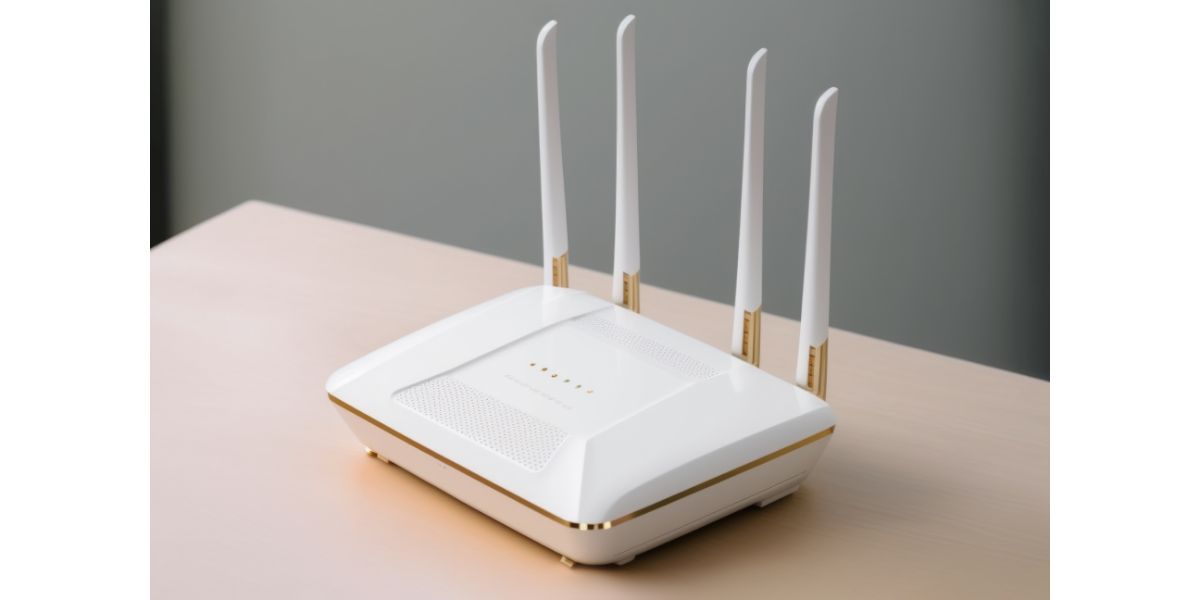Disclaimer: This post may contain affiliate links, meaning we get a small commission if you make a purchase through our links, at no cost to you. For more information, please visit our Disclaimer Page.
Your Roku will timeout after a given time of inactivity because you paused what you were watching and stepped away for several minutes.
To prevent Roku from Timing out, you need to turn off the bandwidth-saver setting under settings > network > bandwidth saver > OFF.
In the rest of the article, we’ll discuss several ways to prevent Roku from timing out due to causes that might be directly related to Roku and factors that have nothing to do with your device.
Table of Contents
4 Fixes For Roku-Related Causes of Timeout
Let’s begin with the fixes you should consider if your Roku streaming device is timing out due to your Roku service or its settings.
1. Change the Bandwidth Options
By default, the bandwidth-saver option is active in Roku. This feature will cap your bandwidth and save you from exceeding your monthly data limit. One of the ways it does this is by automatically halting streaming after four hours of inactivity.
Switching it off will eliminate the safety net of capping your monthly data limit. While this can be inconvenient as far as sticking to your data limit goes, it’ll also stop Roku from timing out after 4 hours.
To turn it off, you must navigate your network settings menu. Here’s how to do that:
- Begin by navigating to the settings tab.
- Under settings, click on Network.
- Then click on the Bandwidth saver.
- Click OFF to disable the option if it isn’t disabled.
2. Disable Your Sleep Timer
Your Roku streaming player might sometimes time out because you have a sleep timer enabled. There are several options for setting when the sleep timer kicks in. Only one timer can be active at any time, but you can turn the timer off entirely.
To turn off the sleep timer of your Roku streaming player, go to settings, then select system. Under “System,” choose “Time” and then “Sleep timer.” That is, Settings > System > Time> Sleep timer.
Under the sleep timer option, you’ll have several options ranging from 30 minutes to 3 hours. You’ll also have a choice of “OFF.” Select that option, and you won’t have to deal with your streaming player entering power mode and timing you out.
The downside is that you’ll always have to remember to turn your TV off manually because the sleep timer will be unable to automatically turn it off for you.
3. Change Your Power Options
Some Roku streaming players allow users to save power under certain conditions, and they do this through an auto power savings feature.
There are two options under the auto power savings feature:
- Reduce power after 15 minutes. This feature will allow the TV to save energy automatically under certain conditions as long as 15 minutes of inactivity have passed. For instance, if you pause and step away from your TV for 15 minutes, this feature will cause your TV to time out.
- Turn off after 4 hours: This feature will automatically turn your TV off after 4 hours of no interaction. However, that doesn’t apply if you’re watching live TV or videos.
The feature that reduces power after 15 minutes could be why your Roku streaming player times out after a few minutes of inactivity.
Here’s how to turn it off:
- Go to settings
- Under settings, go to “system.”
- Click on the “power” option under “system.”
- Click on “auto power savings” and uncheck the option that says “Reduce power after 15 minutes.”
If necessary, you can uncheck the other option that turns off your Roku streaming player after 4 hours of inactivity in step 4 above.
4. Disable Your Screensaver
Having a screensaver could be another reason why your Roku streaming device or Roku TV times out. Screensavers fill your screen after a specific time of inactivity.
Sometimes, you may want to extend the time it takes for the screensaver to kick in without disabling it altogether. You can achieve that by defining a longer wait time. Here’s how you do this:
- Access the theme menu by navigating Home > Settings > Theme and opening the theme menu.
- Under the theme menu, select the “Screensaver wait time” option.
- Choose a longer wait time, so your screen saver doesn’t kick in so fast.
- Press the “OK” button on your remote to save the settings.
Note that changing the wait time won’t stop your Roku streaming device or TV from timing out; it’ll just buy you more time.
If you want to disable the screensaver, repeat steps 1 and 2. But instead of choosing a longer wait time in the third step, look for the option to disable the screen saver and confirm the changes.
3 Fixes For Timeouts Caused By Factors Beyond Roku’s Control
If you have local media streaming services loaded onto your Roku or only experience the timeout when on specific apps, the reason has nothing to do with Roku. It’s not unheard of for external factors out of Roku’s control to cause your Roku streaming player or TV to time out.
Here’s how to solve Roku timeouts with external causes:
1. Change Settings on Your Local Media Streaming Service
Some users have local media streaming services that can stream media like local files on the computer directly to the Roku streaming device or TV. One such service is Plex.
If you have your plex server set to timeout after, say, 1 minute, and you have it loaded on your Roku device, it will still timeout after that time regardless of the settings on your Roku device.
For plex servers, you can change the settings on any sessions paused for longer than a certain amount of time by going to settings > Network > Terminate sessions paused for longer than, and then enter a longer timeframe.
Each local media streaming service might have an equivalent option that you can adjust so that if you have it loaded to your Roku streaming device, your device doesn’t time out before you want it to.
2. Try Disabling or Customizing Streaming Channel Limitations
Some streaming channels deploy ways to regulate data usage or even cease its use after a given period of inactivity. Doing this preserves server resources and optimizes the streaming experience. If your streaming channel deploys these mechanisms, they won’t be affected or changed even if you do everything I wrote about above.
This is likely the issue if timing out happens when you access a specific app and the problem persists after trying the options above.
The best option is to reach out to the channel developers and ask them if they have any additional settings or options within their channel that may allow you to customize or disable this feature when interacting with their channel.
3. Check Your Internet Connection
A poor internet connection is one of the main reasons Roku slows down or times out. Each streaming channel might have varying minimums for internet connection speeds. That means that for a good streaming experience, you must have a good-to-excellent internet connection.
If your internet connection doesn’t meet the minimum speed requirements, it will make your Roku streaming device or TV time out. Roku requires at least 512 KBPS – 3 MBPS of internet speed to function. If you’re going to stream HD content, think of having a speed above 5 MBPS. 4K streams will run well at 5-20 MBPS.
The only way you can fix this is to ensure you have better internet access. If you struggle to keep your internet signal strong, consider removing interference from other electronic devices around you.
Conclusion
In summary, your solutions for Roku-related timeout causes include changing the bandwidth options, disabling your sleep timer, power options, and screensaver.
Fixes for causes unrelated to Roku include changing your local media streaming service settings, reaching out to your channel developers to change your streaming channel limitations, and avoiding slow or weak internet connections.


